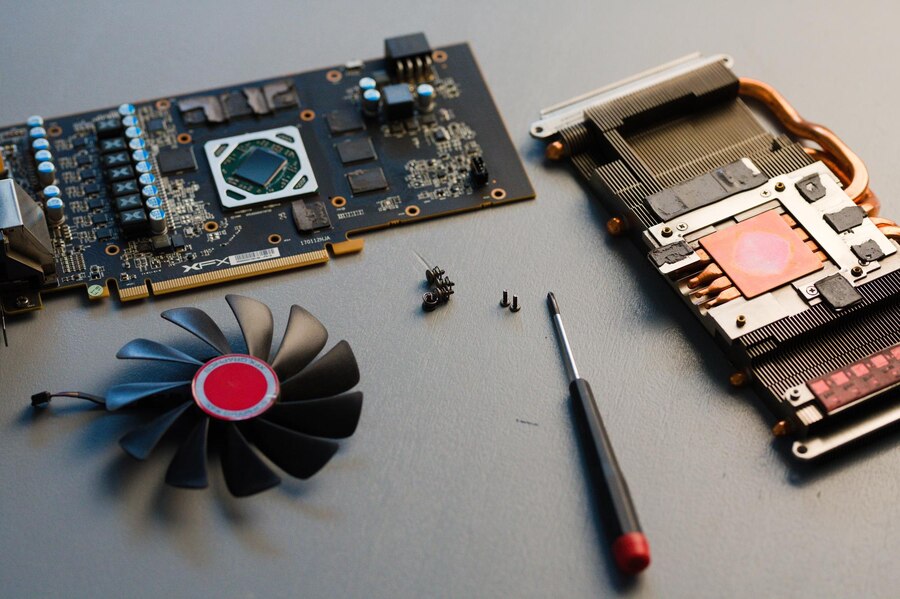
In the realm of written expression, the enigmatic qualities of "perplexity" and "burstiness" serve as guiding lights. The former, a measure of intricacy, intertwines with the latter, evaluating the diversity of sentence structures. Unlike their uniform AI-generated counterparts, human writers, with their penchant for interspersing brief and protracted sentences, embody higher burstiness. As we embark on this content creation journey, the focal points are clear: maintaining a desirable level of perplexity and infusing burstiness into the narrative.
Decoding GPU Fan Rotation: A Symphony of Intricacies
The heartbeat of your graphics card lies in the orchestration of GPU fan rotation, an instrumental player in both performance and longevity. Mastery of optimizing this rotation not only contributes to energy conservation but also amplifies the overall prowess of your GPU. Join us on this exploration of the nuances surrounding GPU fan rotation, where we dispel prevalent myths, offer DIY tips for augmentation, and cast a gaze into the future of cooling technologies.
Deciphering GPU fan turn alludes to understanding and deciphering the data given by the revolution of an illustration handling unit (GPU) fan. The fan turn speed is estimated in cycles each moment (RPM) and shows how quickly the fan's sharp edges are turning. Unraveling this data can help observe the GPU's cooling execution.
Here is a straightforward guide to represent deciphering GPU fan turn:
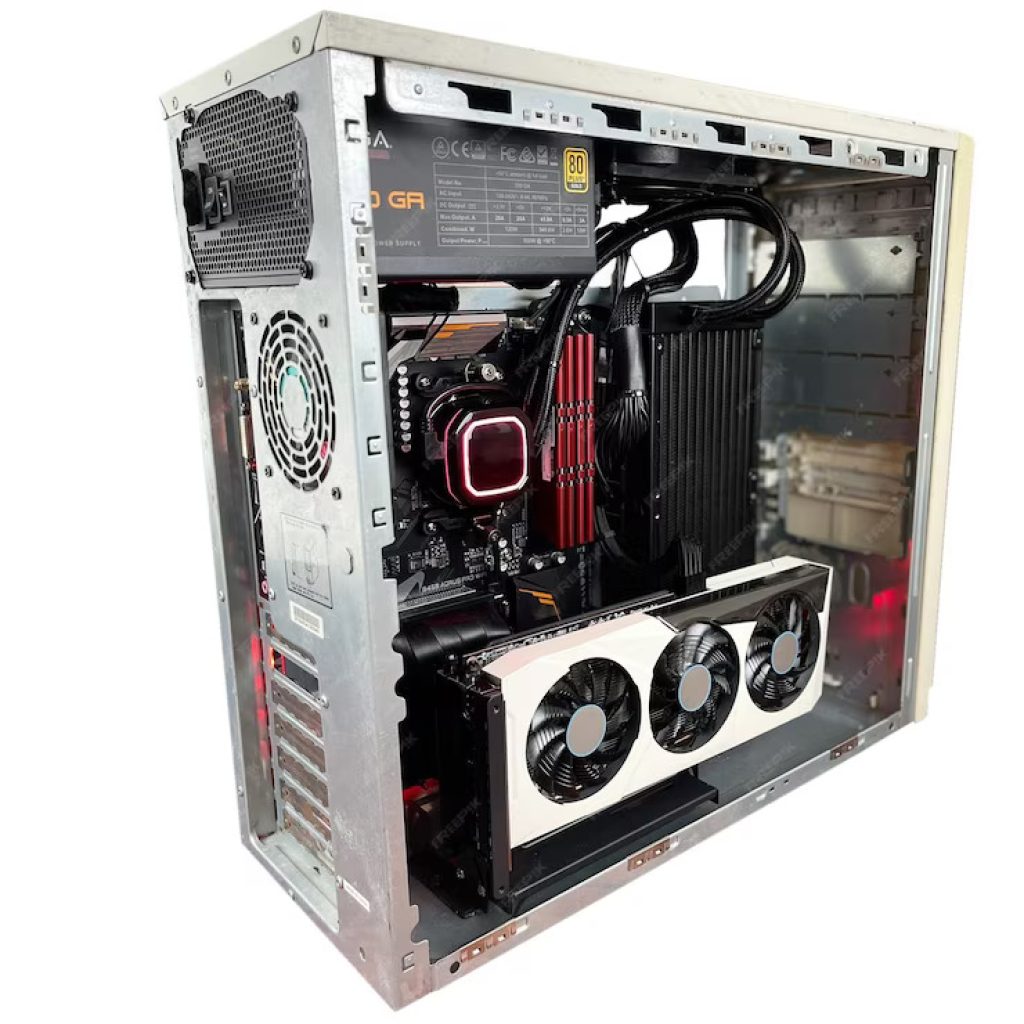
GPU Fan Rotation
Tool for Monitoring Fan Speed:
Numerous design cards accompany programming or utilities that permit clients to screen different boundaries, including fan speed. Assume we have a tool that shows the speed at which the GPU fan rotates.
Perusing Fan Speed:
In this model, suppose the GPU fan speed is accounted for as 1500 RPM. This indicates that the fan blades are turning 1500 times per minute.
Deciphering Fan Speed:
Low RPM (e.g., 800 RPM):
Shows that the GPU is working at a low temperature and doesn't need forceful cooling. This is normal when the framework is inactive or taking care of lightweight undertakings.
Medium RPM (e.g., 1500 RPM):
Proposes that the GPU is under a moderate burden, and the fan is attempting to disseminate heat produced during gaming or different designs escalated errands.
High RPMs, such as 2500 RPM:
demonstrates that the GPU is experiencing a significant load and that the fan is spinning at a faster rate to effectively cool it. This is average during requesting gaming meetings or GPU-concentrated applications.
GPU Fan Rotation
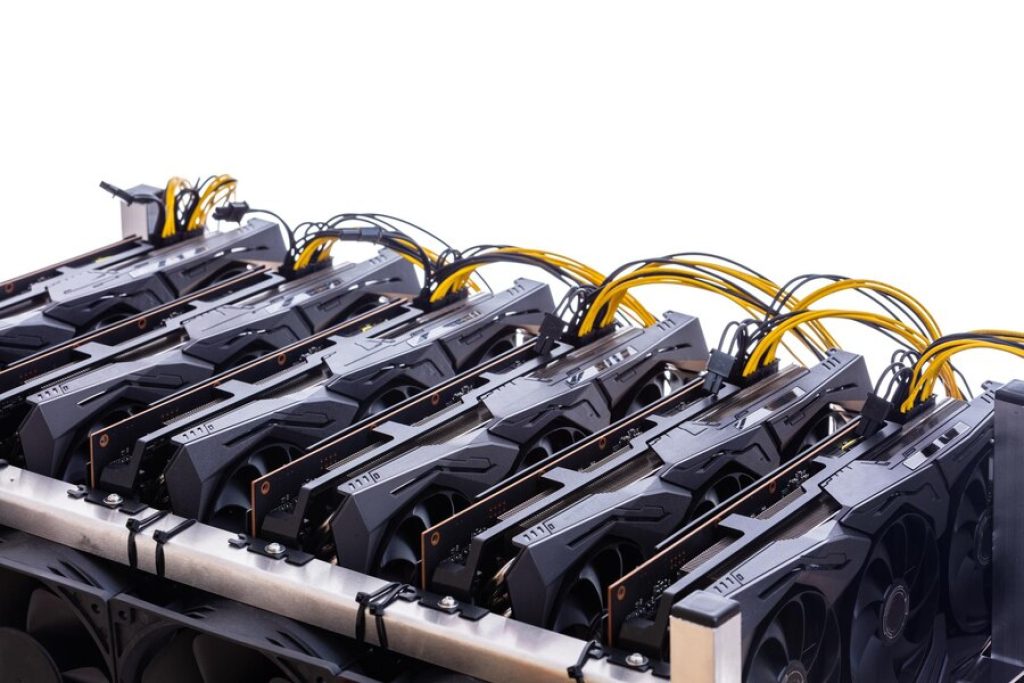
Troubleshooting:
No Fan Development:
On the off chance that the fan speed is accounted for as 0 RPM, it could demonstrate an issue with the fan or its association. This present circumstance can prompt overheating, so it requires quick consideration.
Strangely High RPM:
Assuming the fan is reliably running at an uncommon fast, it could be recommended that the GPU is battling with over-the-top intensity. This could be because of unfortunate ventilation or a breaking down cooling framework.
Interpreting GPU fan pivot is critical for keeping up with ideal temperature levels and forestalling overheating, which can adversely affect the presentation and life expectancy of the illustrations card. Observing and (GPU Fan Rotation) understanding fan speed can assist clients with making fitting moves, for example, changing fan bends or further developing framework cooling, to guarantee the GPU works inside safe temperature ranges.
Embarking on the Odyssey

GPU Fan Rotation
In the realms of gaming and graphic-intensive tasks, the indomitable GPU toils ceaselessly, generating a formidable heat. Left unchecked, this thermal onslaught could jeopardize the very essence of performance. Enter GPU fan rotation, a pivotal actor beyond mere cooling; its rotation intricacies wield a profound influence on energy consumption and overall efficiency.
Deciphering the Dance of GPU Fans
GPU fans, akin to a maestro's baton, execute a critical cooling performance, expelling torrents of heated air while maintaining equilibrium in temperature. Grasping the intricacies of this rotational dance unveils the efficiency with which your GPU dissipates heat—a fundamental awareness that forms the bedrock for optimizing energy consumption and amplifying performance.
Energy Efficiency: The Nexus of Modern GPU Dynamics
In the ever-evolving landscape of technology, the spotlight intensifies on energy efficiency. Manufacturers, attuned to this zeitgeist, weave advanced features into GPUs, striving to minimize power consumption while maximizing (GPU Fan Rotation) output. The interplay between fan rotation and energy efficiency accentuates the need for judicious choices in selecting or configuring your graphics card.
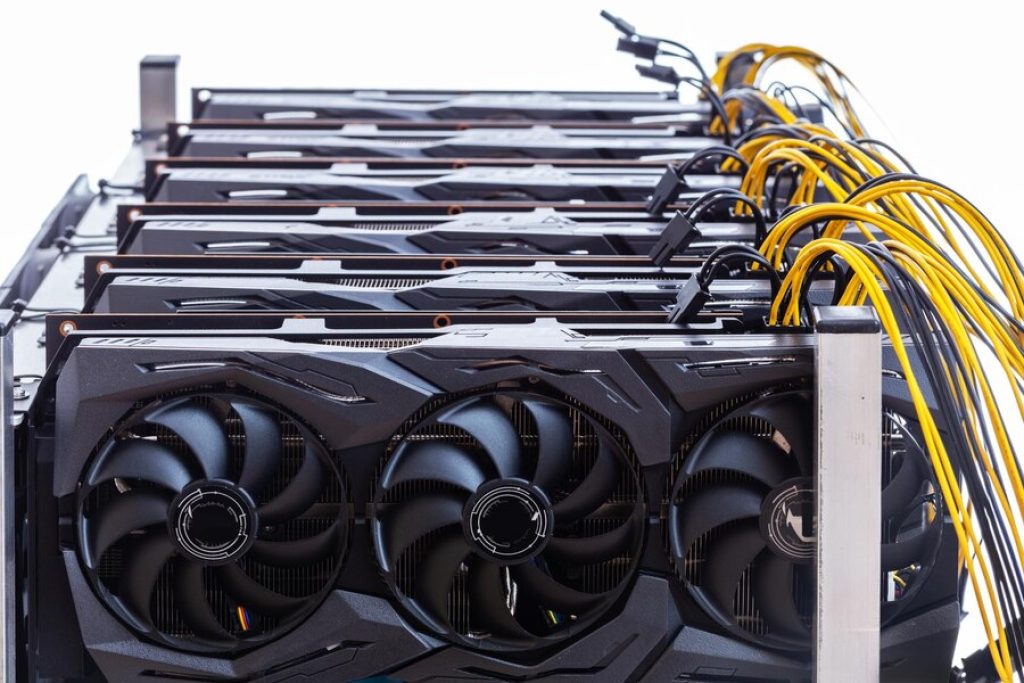
Here's a table with information on graphics cards from different companies, including the name, model, website address, and generation:
GPU Fan Rotation
CompanyNameModelWebsiteGenerationNVIDIAGeForce RTXRTX 3090https://www.nvidia.com/en-us/AmpereAMDRadeon RXRX 6900 XThttps://www.amd.com/enRDNA 2IntelIntel Iris XeIris Xe MAXhttps://www.intel.com/XeASUSROG StrixGTX 1660 Tihttps://www.asus.com/TuringMSIGaming XRTX 3080https://www.msi.com/AmpereGigabyteAORUSRX 5700 XThttps://www.gigabyte.com/RDNAEVGAFTW3RTX 3070https://www.evga.com/AmpereZotacGamingGTX 1650https://www.zotac.com/TuringXFXThiccRX 580https://www.xfxforce.com/PolarisPalitJetStreamRTX 3060 Tihttps://www.palit.com/AmpereSapphireNitro+RX 5500 XThttps://www.sapphiretech.com/RDNAPNYXLR8 GamingGTX 1660 Superhttps://www.pny.com/TuringPowerColorRed DevilRX Vega 64https://www.powercolor.com/VegaInno3DiChillRTX 2080 Superhttps://www.inno3d.com/TuringHISIceQRX 5600 XThttps://www.hisdigital.com/RDNAColorfuliGameGTX 1050 Tihttps://en.colorful.cn/PascalGainwardPhantomGTX 1070https://www.gainward.com/PascalGalaxEXOCGTX 1660https://www.galax.com/TuringASRockPhantom GamingRX 6800 XThttps://www.asrock.com/RDNA 2BiostarGamingRX 550https://www.biostar.com.tw/PolarisYestonSakuraRX 570https://en.yeston.com/PolarisKFA2Hall of FameRTX 2080 Tihttps://www.kfa2.com/TuringManliGallardoGTX 1080 Tihttps://www.manli.com/PascalSparkleCalibreGTX 1050https://www.sparkle.com.tw/PascalLeadtekWinFastRTX 3060https://www.leadtek.com/AmpereXFXSpeedsterRX 6700 XThttps://www.xfxforce.com/RDNA 2ZotacMiniGTX 1650 Superhttps://www.zotac.com/TuringPalitGameRockGTX 1660 Superhttps://www.palit.com/TuringSapphirePulseRX 560https://www.sapphiretech.com/PolarisMSIAero ITXRTX 3050 Tihttps://www.msi.com/Ampere
Energy proficiency has turned into a point of convergence in the elements of present day Designs Handling Units (GPUs), addressing a basic crossing point among execution and maintainability. The tenacious quest for higher computational power and graphical abilities in GPUs has generally been joined by an expansion in power utilization, prompting worries about ecological effect and energy costs. Thus, the enhancement of energy proficiency has arisen as a focal thought in the plan, improvement, and use of current GPUs.
The following are important facets of the connection between modern GPU dynamics and energy efficiency:
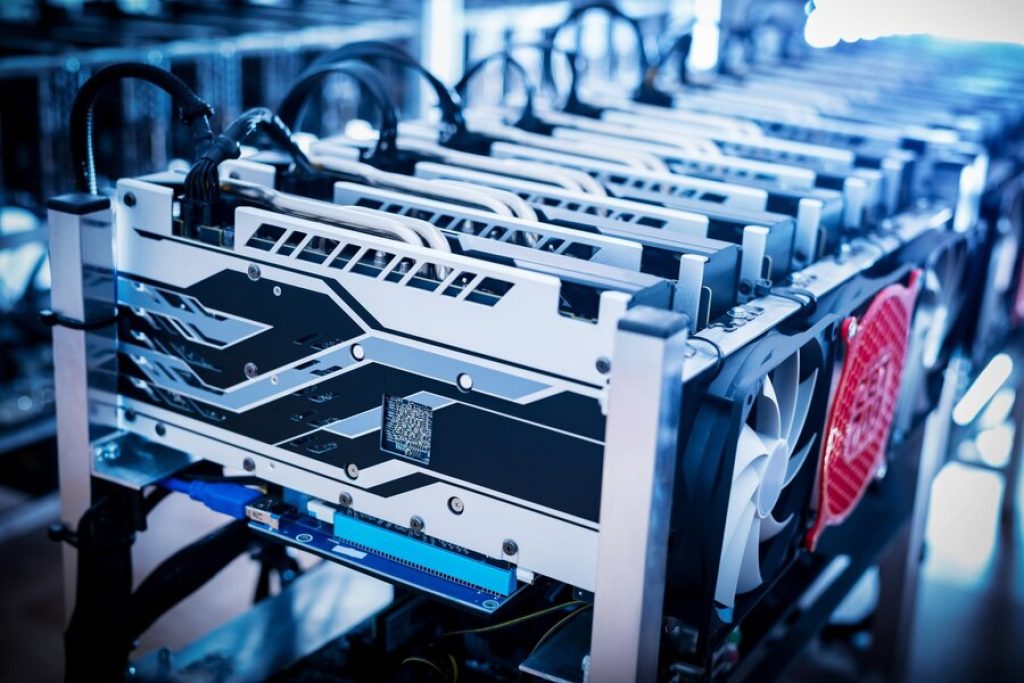
GPU Fan Rotation
Paradigm of Performance Per Watt:
Current GPUs mean to convey unrivaled execution while limiting power utilization. The center has moved from sheer computational capacity to accomplishing better execution per watt, underlining the significance of effectiveness in using electrical energy for computational assignments.
Engineering Advancements:
GPU structures have developed to integrate elements and innovations that improve energy proficiency. This includes the integration of specialized components like Tensor Cores for machine learning workloads, architectural optimizations, and advancements in semiconductor manufacturing processes.
Dynamic Voltage and Recurrence Scaling (DVFS):
GPUs utilize dynamic voltage and recurrence scaling to adjust their exhibition in light of the responsibility. GPUs are able to strike a balance between raw power and efficiency by operating at lower power levels during less demanding tasks thanks to this dynamic adjustment.
Power The executives Procedures:

GPU Fan Rotation
Modern power the executives procedures, for example, power gating and clock gating, assist with decreasing power utilization during times of dormancy or when explicit GPU parts are not being used. These procedures add to generally speaking energy reserve funds without compromising execution.
Productive Cooling Arrangements:
As GPUs become all the more remarkable, viable cooling becomes essential. Energy-effective cooling arrangements, for example, high level fan control calculations and inventive intensity dissemination (GPU Fan Rotation) advancements, are essential to keeping up with ideal working temperatures without pointless power consumption.
Programming Streamlining:
Software developers and GPU manufacturers work together to make graphics drivers and applications that use less energy. This includes calibrating calculations, lessening pointless calculations, and carrying out power-mindful programming practices to boost execution while limiting energy utilization.
Ecological Effect Contemplations:

GPU Fan Rotation
The energy proficiency of GPUs isn't just a question of cost reserve funds yet in addition a basic calculate diminishing the ecological impression. GPUs that use less energy help cut down on emissions of greenhouse gases and are in line with larger goals for sustainability.
All in all, the nexus between current GPU elements and energy productivity mirrors a change in perspective towards capable and reasonable registering. As the interest for computational power keeps on rising, GPU producers endeavor to enhance, guaranteeing that progressions in execution are combined with a pledge to energy-effective plan and usage. This approach benefits end-clients through cost (GPU Fan Rotation) investment funds as well as addresses the more extensive cultural basic of relieving the natural effect of figuring innovations.
Elevating GPU Performance through the Choreography of Fan Rotation
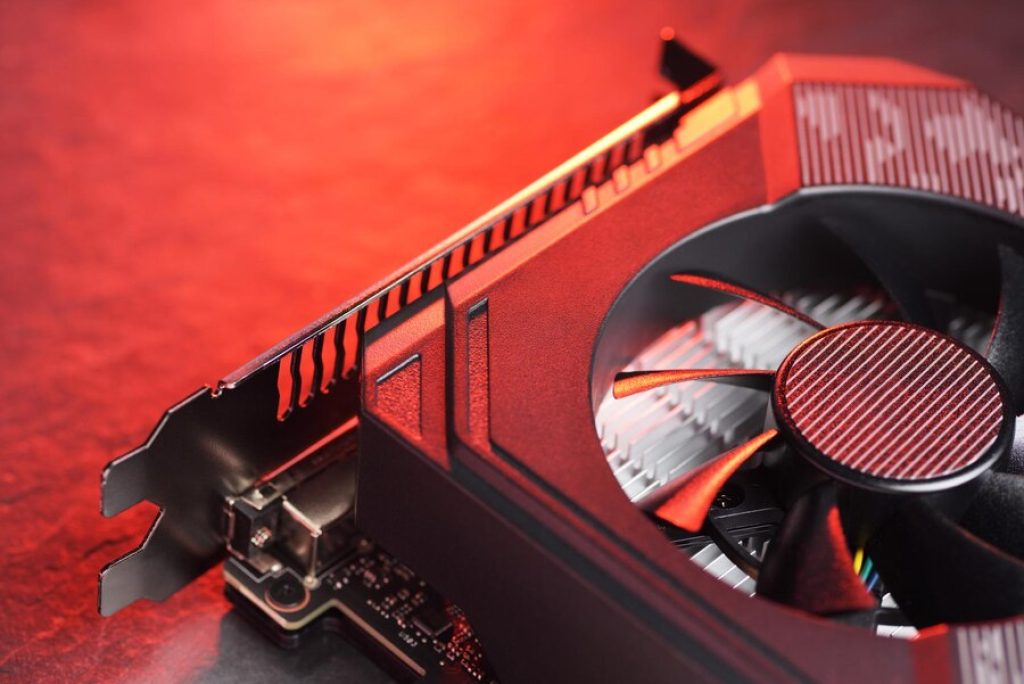
GPU Fan Rotation
The dividends of optimal fan rotation transcend the realm of energy frugality. A meticulously tended GPU, with its harmonious fan rotation, operates within the sweet spot of temperature, translating into a symphony of improved performance. This nuanced symbiosis between rotation and performance becomes a lodestar for both gaming aficionados and seasoned professionals.
Dispelling the Mythos of GPU Fan Rotation
Myths and misconceptions shroud the landscape of GPU fan rotation. Some espouse the fallacy that elevated rotation universally equates to superior performance, while others dismiss the relevance of fans unless the GPU is under duress. We debunk these myths, underscoring the imperative of a balanced approach to fan rotation.
Crafting Artistry in GPU Fan Rotation: DIY Alchemy
Augmenting GPU fan rotation need not be the domain of technical virtuosos. Simple do-it-yourself stratagems hold the potential to significantly elevate the longevity and efficiency of your graphics card. From meticulous cleaning rituals to strategic placements, we embark on an odyssey through practical steps, empowering users to optimize fan rotation sans professional intervention.
The Horizon of GPU Cooling Technologies: Glimpses into the Future
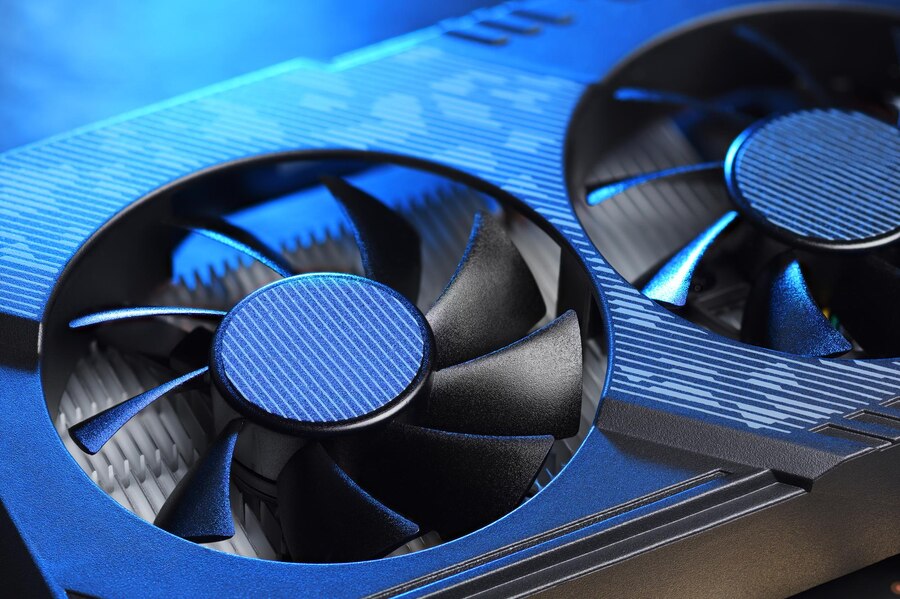
GPU Fan Rotation
The canvas of GPU cooling unfurls with perpetual innovation. We traverse the uncharted territories of fan rotation technologies, from avant-garde materials to sentient control mechanisms. Unraveling the tapestry of the future of GPU cooling bequeaths users with prescient insights into forthcoming advancements.
The skyline of GPU cooling advancements is set apart by constant development and headways focused on actually dealing with the rising intensity produced by strong Illustrations Handling Units (GPUs). Maintaining optimal performance, extending GPU lifespan, and preventing thermal throttling all require effective cooling. A few state-of-the-art cooling innovations are forming the scene of GPU cooling, giving a brief look into the fate of this basic part of design equipment.
Dynamic Cooling Arrangements:
- Conventional Fans: Superior execution fans, frequently combined with heatsinks, stay a staple in GPU cooling. Propels in fan configuration, including sharp edge shape and materials, add to further developed wind current and calmer activity.
- High level Fan Control Calculations: GPU cooling frameworks progressively influence wise fan control calculations that powerfully change fan speed in light of temperature and responsibility, improving cooling execution while limiting clamor.
https://sellshop.com.bd/gpu-fan-rotation-save-energy-the-truth-about-2024/
Comments
Post a Comment